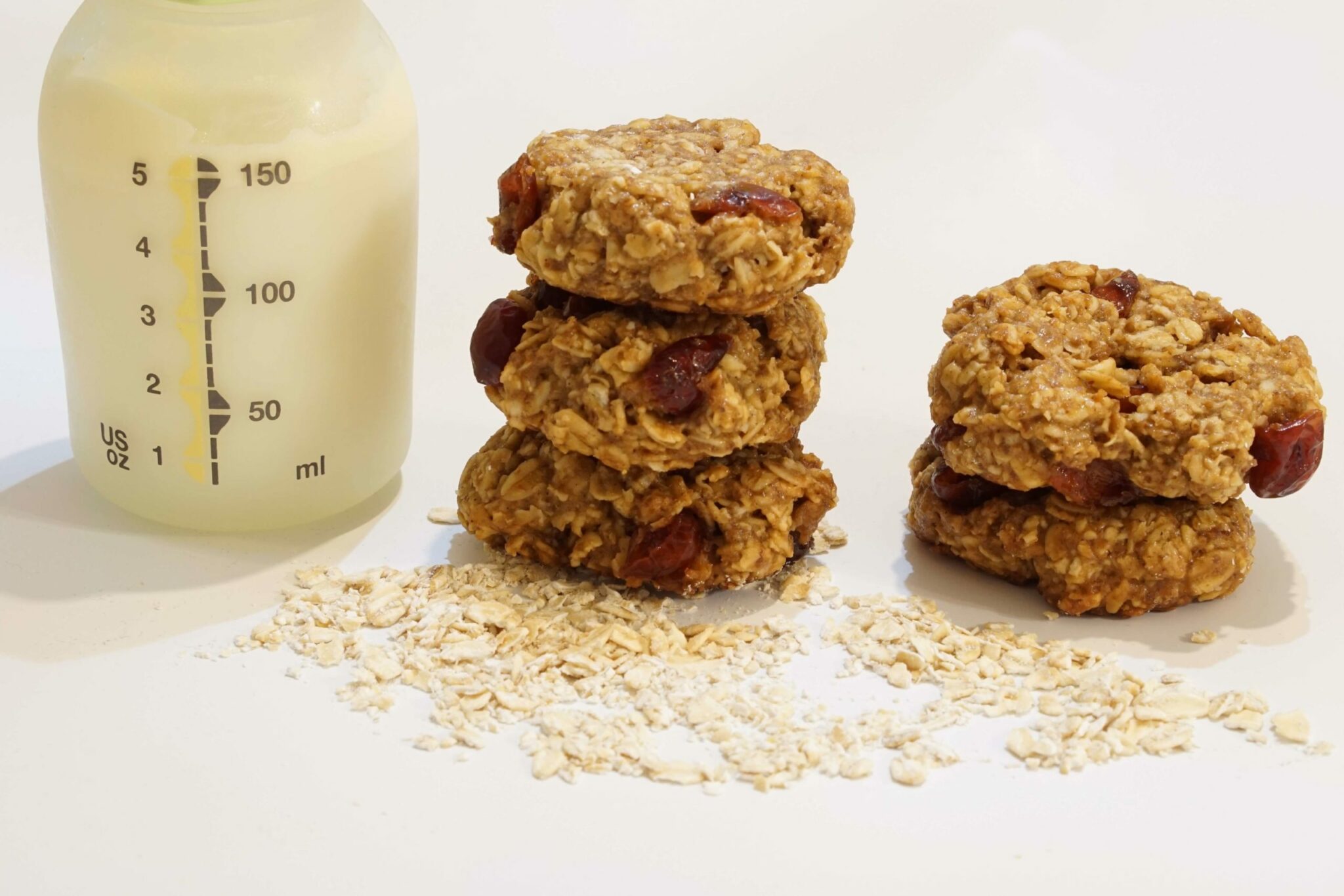Why is Breastmilk so Many Different Colors?


The color of store-bought cow’s milk tends to look exactly the same in every container, so when you first see breastmilk that looks a little different, you might wonder if something is wrong. Why does breastmilk have such a wide variation in color? Is yellow better than white? And what if it seems too “watery”? Here are some facts about the many colors of breastmilk.
Colostrum tends to be more yellow, and that’s because it’s packed full of good stuff. Colostrum — the first milk you make for your baby — is tiny in amount, but huge in the number of things packed in it. The darker color often comes from all the beta-carotene that is in it, as well as antibodies, white blood cells, fats, and proteins. Don’t fret if yours is lighter in color, however — it is all liquid gold!
The color of milk changes as your milk supply changes. As your milk changes from colostrum to transitional milk to mature milk (which all happens in the matter of about a week after delivery), your milk’s color may change. It may start off yellow and then become whiter in appearance (here’s a helpful picture to see the difference). This is because the amounts of vitamins, minerals, fats, and protein change over this time … and it’s all normal.
Milk that is lighter or seems more watery is not “too skim” for your baby. There is a lot of concern regarding the difference of foremilk (the first milk your baby gets during a feed) and hind milk (the milk that your baby drinks near the end of a feed). Traditionally it is said that foremilk is more watery in appearance, and hind milk creamier since it has more fat. This has led many moms to think that lighter milk is too watered down and not filled with enough fats and calories for their babies to grow, and some moms even supplement with formula unnecessarily because of this. The bottom line: as long as your baby is growing as she should be, don’t worry about how watery your milk looks. We’ve been making breastmilk for thousands of years and your body knows how to get what it needs into your milk, despite the appearance!
… And milk that appears whiter is not “creamier” and automatically better, either. Again, some women are told that their milk just isn’t filling enough or fatty enough for their baby based on the appearance of it. This can really cause undue stress and worry in a new mom. Unless your doctor or lactation consultant seems worried about your milk supply or baby’s growth, don’t lose sleep over what your milk looks like!
Its normal for the cream to separate to the top of a bottle or bag. Most Americans these days have never seen unpasteurized milk, where it is normal for the cream to separate and rise to the top. Breastmilk does this too, and this is totally normal! This does not mean your milk is spoiled. Just swirl or shake it before feeding your baby a bottle to mix it back up, and you’ll see it go back to a “normal” mixed appearance.
Your milk may change in color again as your baby starts to wean. As your baby starts to eat more solid foods and drink less breastmilk, your milk may again become darker in appearance or more yellow. This is because weaning milk is lower in volume, but packed full of antibodies, similar to how colostrum works.
Don’t freak out over pink or red milk. This is often the result of some bleeding from your breast, whether it be from a cracked nipple or some blood in the milk duct that may happen after you had a blocked duct or an injury to your breast. This milk is perfectly fine to feed your baby if you happen to notice it when pumping. If it does not go away after a week or two, be sure to check in with your doctor or lactation consultant to make sure your baby’s latch is good, that there are no other concerning signs of infection, or to see if you may need imaging of your breast to rule out a growth or something related.
What about other strange colors like orange or green?! These odd colors may be the result of something you ate, such as a ton of squash or broccoli, or a drink with food coloring it. Fear not and feed your baby, but of course if this worries you feel free to check in with your doctor or lactation consultant.
Sources:
- Breast milk composition.
La Leche League International - What’s making my milk that strange color?
What to expect when pumping.
Powered by Bundoo®










































